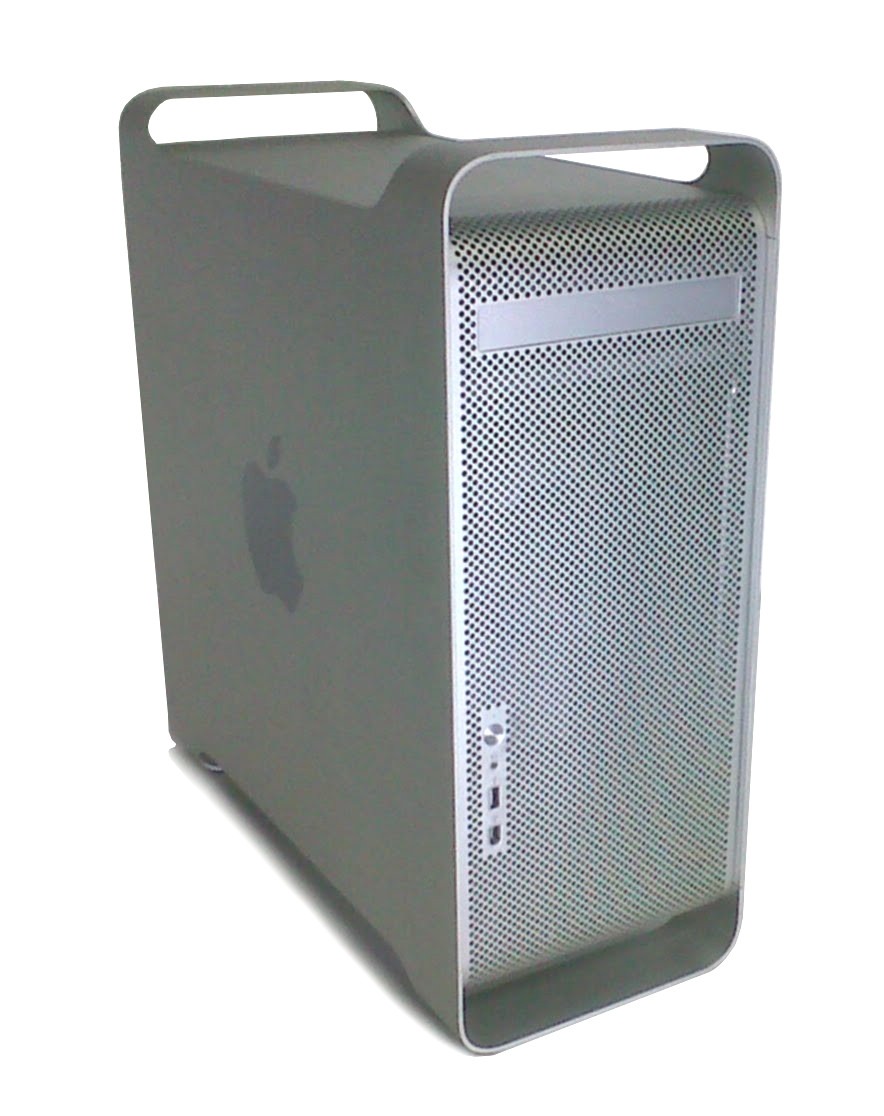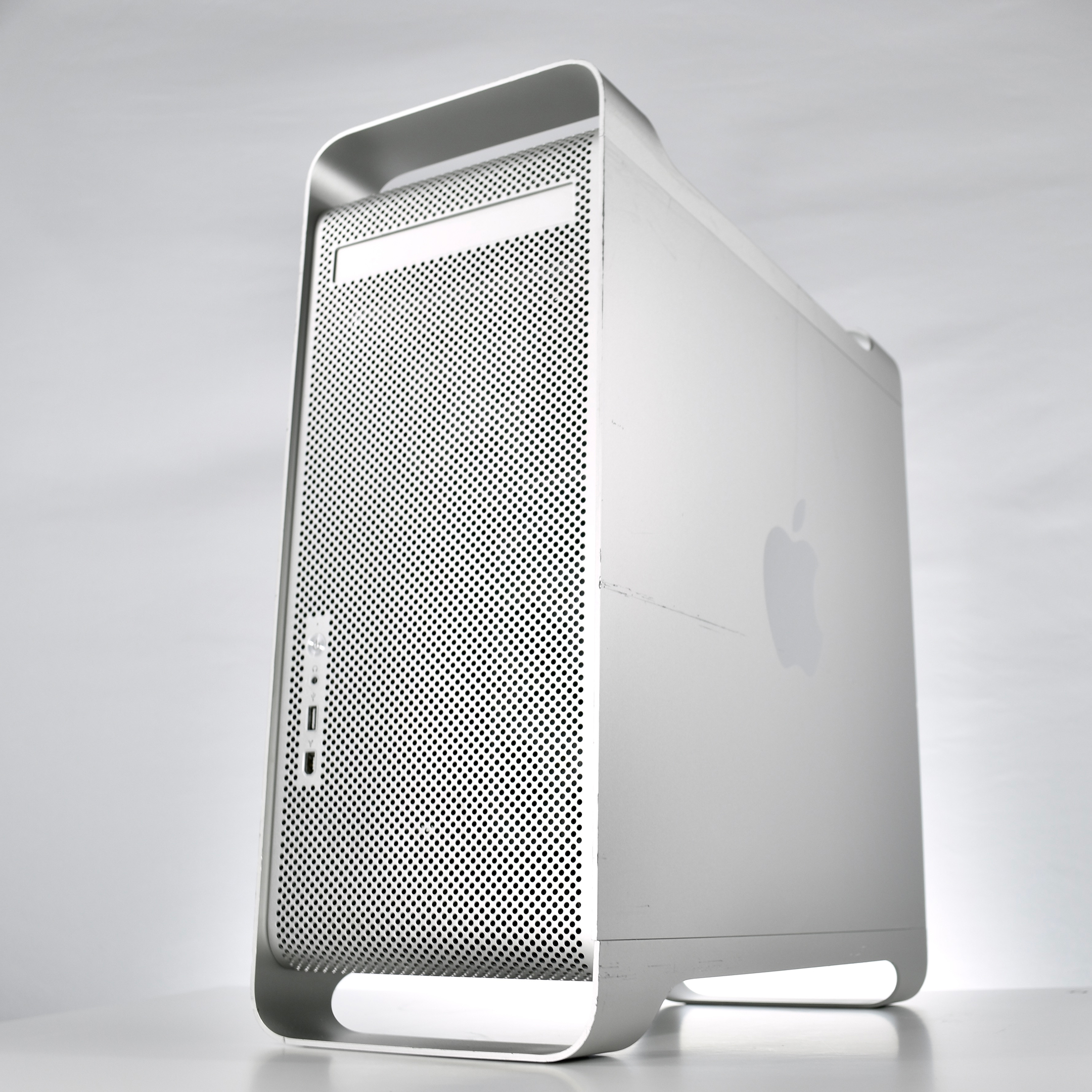

Quiet functioning is just one feature of what appears to be a classic Apple-at-its-best engineering job. When my AMD Linux machine is on, the noise of its five fans swamps even the iMac. Even with eight fans in its large, heavily drilled aluminum case, the G5, barely a foot from my chair, can’t be heard over the relatively quiet iMac that sits in a corner farther away. After five days in a quiet home office, the 1.8 GHz G5 still amazes me not only with its speed but its quietness. I tested a single-processor model Apple this week announced that the single-processor 1.8 MHz machine was being replaced by a dual processor configuration.
G5 MAC POWER G5 PC
Mac and *NIX users who can afford these machines will find them to be much faster than the Power Mac G4s they replace and at least as fast as any PC you can buy or build today.
G5 MAC POWER G5 UPDATE
I suspect a macOS or system firmware update helped to resolve these issues with our early SSDs neither of which will be available for a G5 system.Apple’s new 64-bit Power Macintosh G5 is aptly named: it has power to burn.

I know we had a lot of issues with SSDs when we first started using them years ago and then the issues just disappeared. SSDs need to partitioned on 4K boundaries (usually the partition starts at 1M) in order to get the best performance from an SSD, otherwise the SSD can be as slow as a hard drive.
G5 MAC POWER G5 HOW TO
The other concern is the OS needs to know how to work with an SSD. Check the OWC website to see if they have any information on SSD upgrades for the G5.
G5 MAC POWER G5 SERIES
Stay away from the Crucial BX500 series though. I've used the Crucial SSDs in some older Intel Macs which use a SATA II controller without any issues, but only on systems as old as 2009. If you want to try an SSD, then I would suggest either a Crucial MX500 series or an OWC Mercury Electra 3G SSD. Here is an excellent article detailing the performance benefits of proper partition alignment for both hard drives and especially SSDs and does a much better job than my attempted summary.Īlmost all of the current SSDs use a SATA III controller which in theory should just work, but in practice many SATA III SSDs have issues auto negotiating the SATA link speed which means some SSDs just won't work. Aligning the partitions also prevents excessive wear on the SSD. If the partitions are mis-aligned, then it requires the SSD to work harder to save the data. If the partitions are aligned on the 4K boundaries, then it matches perfectly with the internal drive structure allowing for faster (optimal) writes to the internal SSD NAND memory. All data internal to the SSD requires saving data in 4K blocks. It is a bit hard to explain, but the internal structure of the SSD NAND memory is organized into 4K blocks. If you could rephrase in everyday language that would be apreciated. Im afraid I do not understand this sentence: SSDs need to partitioned on 4K boundaries (usually the partition starts at 1M) in order to get the best performance from an SSD, otherwise the SSD can be as slow as a hard drive. Here is an article which provides more details about the 512B to 4K block size used by newer hard drives and somewhat applies to SSDs. The drives usually keep the 512B block size reference for backwards compatibility, but it still might cause problems with such an older system.Īs for the SSD not being recognized, it could also be related to this default block size. The more recent drives have also changed their default block size from 512 bytes to 4,096 bytes so that drives larger than 2TB are possible, but even smaller drives can have this larger default block size. It has been so long since I used a G5 that the maximum drive size could be much smaller. Im in the UK and no one sells OWC here, including Ebay.Ī SATA III hard drive should work without issue, but you will need to find a smaller sized drive since I would imagine the G5 won't be able to access an internal drive larger than 2TB. SATA 1 hard drives work no problem, but they are no longer available, hence the need for an SSD. I forgot to say that I'v tried many SATA lll SSD's and none were recognised by the G5.


 0 kommentar(er)
0 kommentar(er)
